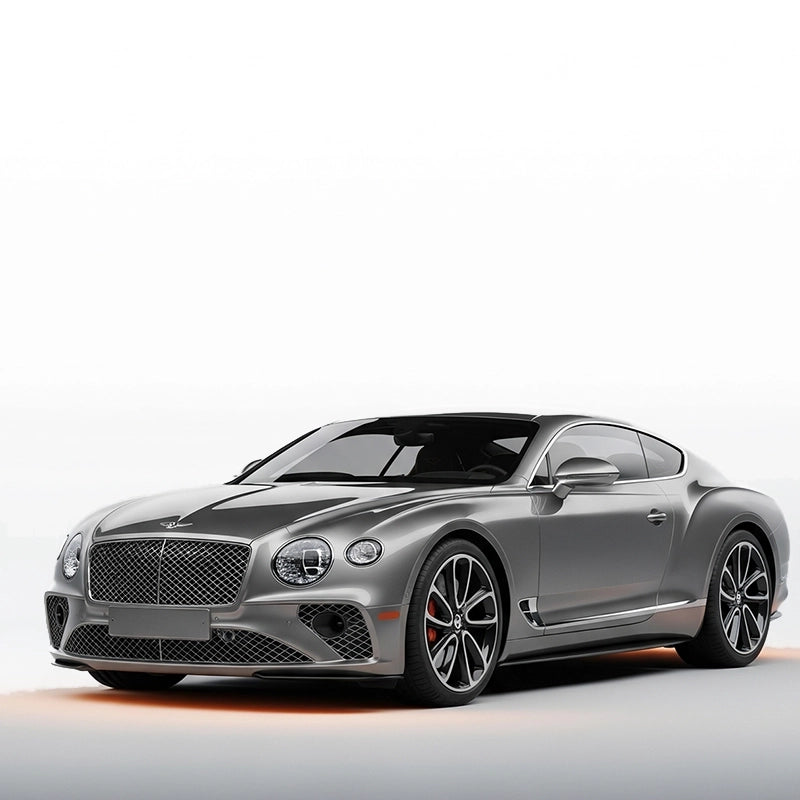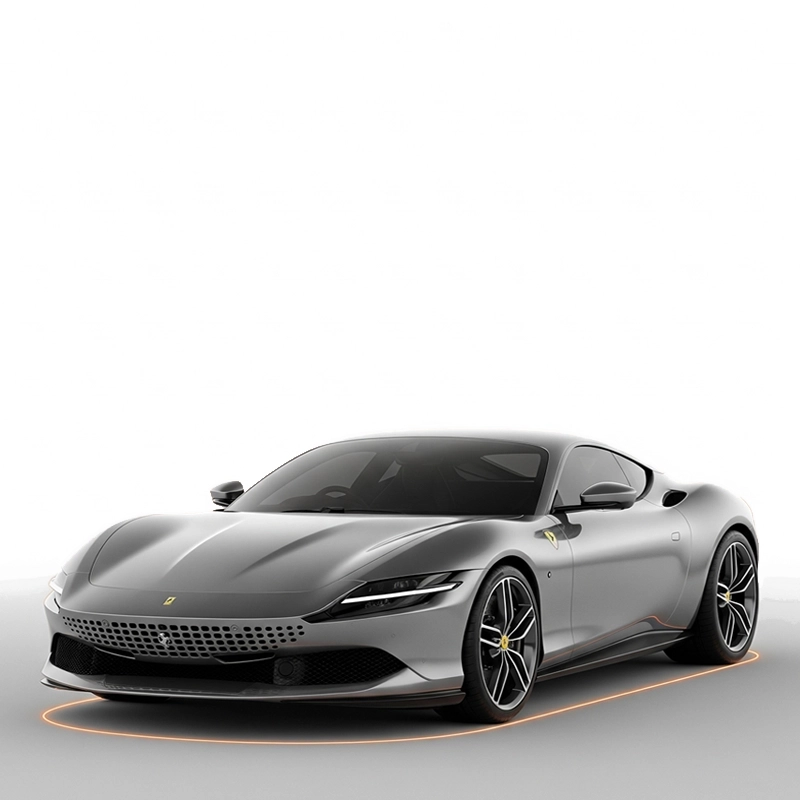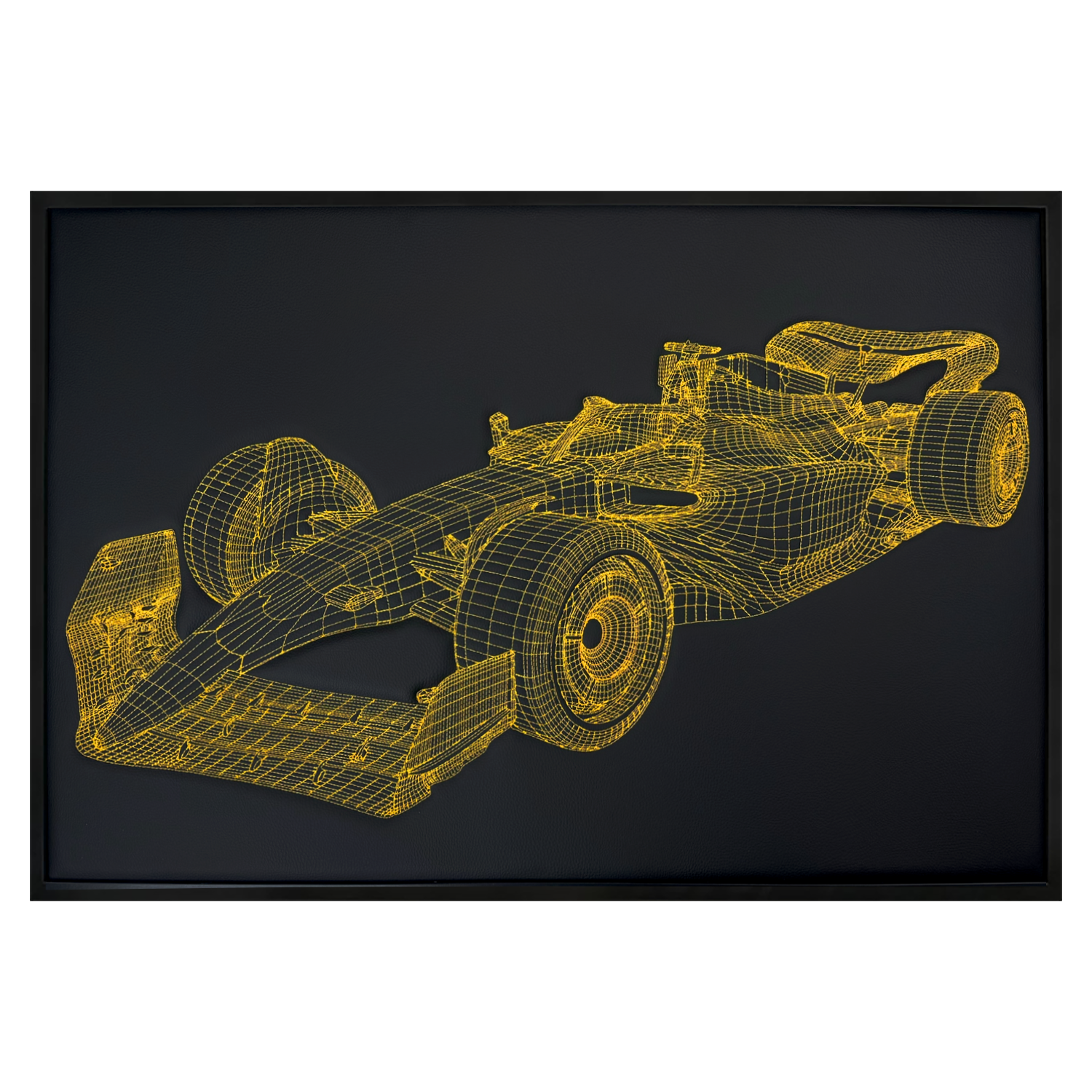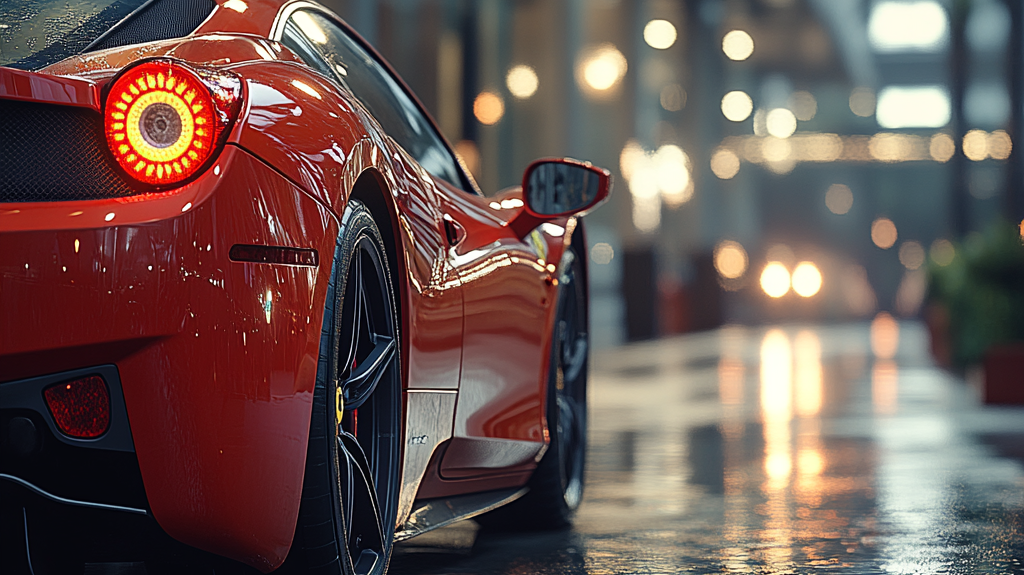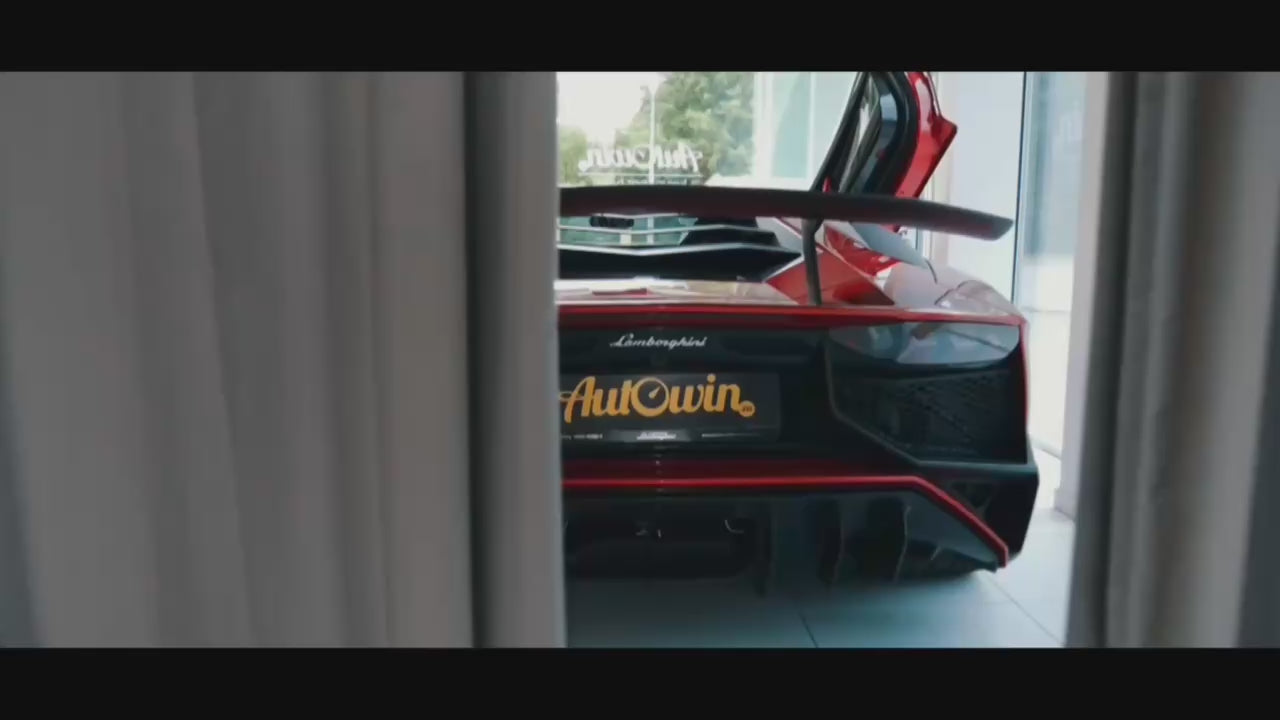Breaking Speed Barriers: The Railton Mobile Special’s Journey to 400 MPH
Why the Railton Mobile Special Still Gives Me Goosebumps
I’ve stood on the Bonneville Salt Flats when the sun turns the ground into a blinding mirror. Even at walking pace you feel small out there, like the horizon swallowed the rulebook. That’s the stage where the Railton Mobile Special — often correctly called the Railton Mobil Special — rewrote the story of speed. First past 350 mph in 1938. Then, after the war, brushing the unthinkable: a measured two-way record near 394 mph with a peak pass topping 400. Numbers so big they make your coffee go cold.

Did you know? The car’s name often appears as “Railton Mobile Special,” but period materials from its sponsor point to “Mobil.” Either way, the legend’s the same: Reid Railton’s ultimate salt flat missile.
The Need for Speed: A 1930s Arms Race on Salt
In the interwar years, chasing land speed records was like early space exploration. Britain’s greats — Campbell, Eyston, Cobb — traded mph like boxers traded jabs. When I dug into period notes, what struck me was how hand-made the bravery felt. No wind tunnel banks of computers. Just slide rules, intuition, and salt dust. The Railton Mobile Special emerged from that crucible, the most focused arrow yet loosed at the horizon.
How the Railton Mobile Special Came To Be
Reid Railton wasn’t just an engineer; he was a quiet assassin of drag. His solution for John Cobb was radical but elegant: a long, knife-edged streamliner with outboard wheels tucked into their own pods and a narrow fuselage that didn’t so much punch air as persuade it aside. Underneath? Not one but twin Napier Lion aero engines — big, multi-bank W12s from aviation — making a combined output in the neighborhood of 2,500-plus horsepower. Mechanical grip on salt is a myth; aero stability is king. Railton understood that before almost anyone.
- Power: Twin Napier Lion aero engines (approx. 2,500–2,700 hp combined)
- Layout: Pencil-slim central body, faired-outboard wheels
- Aero: Low frontal area, meticulous streamlining for stability
- Braking: Minimal wheel brakes, air braking and endless run-off
- Surface: Bonneville Salt Flats — long, flat, and unforgiving
Railton Mobile Special: Cracking 350 MPH
On September 15, 1938, Cobb climbed in and did the thing. Two calm, clinical passes. Average speed beyond 350 mph on the clock. I’ve talked to a few historians who love to remind me how primitive tire tech was, how steering on salt feels a half-beat behind your inputs. The fact Cobb made it look matter-of-fact is almost rude. The Railton Mobile Special didn’t just break a record; it dragged the record into a different postcode.
Railton Mobile Special Hits 400 MPH
Fast-forward past the war. New salt, same hunger. On September 16, 1947, Cobb returned with the streamlined Railton sharpened further. The measured two-way record landed at roughly 394.2 mph (634 km/h). One of those runs? A peak north of 400 mph. Think about that. On tires, in the open air, with little more than courage and a slipstream. I’ve been in cars that hit 200 and felt like a firecracker in a tin can. Cobb doubled it with 1940s metallurgy and cool hands.
Where to See the Railton Mobile Special Today
Want to meet the beast? Head to Thinktank, Birmingham Science Museum. Up close, the Railton Mobile Special is smaller than your brain expects and denser than your eyes can process. You spot rivets, seams, the kind of patient handwork that’s missing in our era of 3D-printed everything. It radiates intent. I noticed right away how tight the cockpit is — more Spitfire than car.
Railton Mobile Special vs. Its Rivals
| Record Car | Year(s) | Two-Way Record Speed | Powertrain | Notable Tech |
|---|---|---|---|---|
| Blue Bird (Campbell) | 1935 | 301.1 mph | Rolls-Royce R V12 | Early streamlining, aircraft power |
| Thunderbolt (Eyston) | 1937–1938 | 312–345 mph | Twin Rolls-Royce R V12s | Massive twin-engine brute force |
| Railton Mobile Special (Cobb) | 1938, 1947 | 350.2 mph; 394.2 mph | Twin Napier Lion aero engines | Elegant streamlining, stability-first design |
What It Felt Like (Or As Close As I’ll Ever Get)
Owners of modern hypercars told me 150 mph feels like a warm-up, but everything after 200 becomes abstract, like a video buffering just ahead of your nerves. From the cockpit photos and Cobb’s notes, the Railton Mobile Special lived in that abstraction permanently. You read the salt, not the steering. You listen for a flutter in the airflow. You breathe evenly. And you leave a pencil-thin wake in the quietest place on earth.
Preserving a Legend
The greatest trick of land speed racing is that it looks simple. Long car. Long run. Go. But the Railton Mobile Special is proof it’s anything but. Its legacy isn’t just the numbers — it’s the blueprint for how to think about speed: reduce drag, stabilize flow, trust the surface, and respect distance. The car’s still teaching, decades on.
Gear You Can Actually Use: A Quick Pit Stop
While we’re on the subject of protecting the things we love, I’m a big believer in treating a car’s interior like a cockpit. Keep it neat, keep it functional. If you’re kitting out your daily or your weekend special, a well-fitting set of mats makes a bigger difference than you’d think. This link if you’re curious — I’ve tried them in a couple of press cars between shoots:

Why I’ve Pointed Friends to AutoWin
- Precision fit: Custom cut so they don’t shift under your heels mid-commute.
- Built to last: Materials that shrug off muddy boots and snow slush.
- Easy to clean: Shake, vacuum, done. Your detailer will thank you.
- Looks matter: Options that don’t clash with your cabin.
- Protect resale: A tidy floor quietly adds value when it’s time to move on.
Shopping the AutoWin E‑Shop
If you’ve ever tried buying mats online and wound up with something shaped for a different planet, you’ll appreciate a cleaner process. Pick your make and model, check the preview, and you’re done. Here’s another example from their catalog:

In Conclusion: What the Railton Mobile Special Still Teaches Us
The Railton Mobile Special didn’t just go fast — it expanded our sense of what’s possible on four wheels. From that first 350 mph breakthrough to a record near 394 mph with a 400+ mph pass in the book, it remains a masterclass in thinking clearly about speed. When I wander past it at Thinktank, I always pause. It looks calm. As if 400 mph were a reasonable request.
And if you’re after a small, practical upgrade for your own machine, don’t overthink it — tidy floors, tidy mind. I’ve had good luck with AutoWin’s fit and finish. Not exactly salt-flat heroics, but you’ll notice the difference every single drive.
FAQ: Railton Mobile Special
- What engines powered the Railton Mobile Special? Twin Napier Lion aero engines, delivering roughly 2,500–2,700 hp combined.
- How fast did it actually go? A two-way average record around 394.2 mph in 1947, with a peak one-way run exceeding 400 mph.
- Why Bonneville? Vast distance, relative smoothness, and predictable conditions — perfect for high-speed stability and timing.
- Where can I see it? Thinktank, Birmingham Science Museum, UK.
- Is it “Mobile” or “Mobil” Special? Period references often use “Mobil” (the sponsor), but you’ll see both spellings used today.



